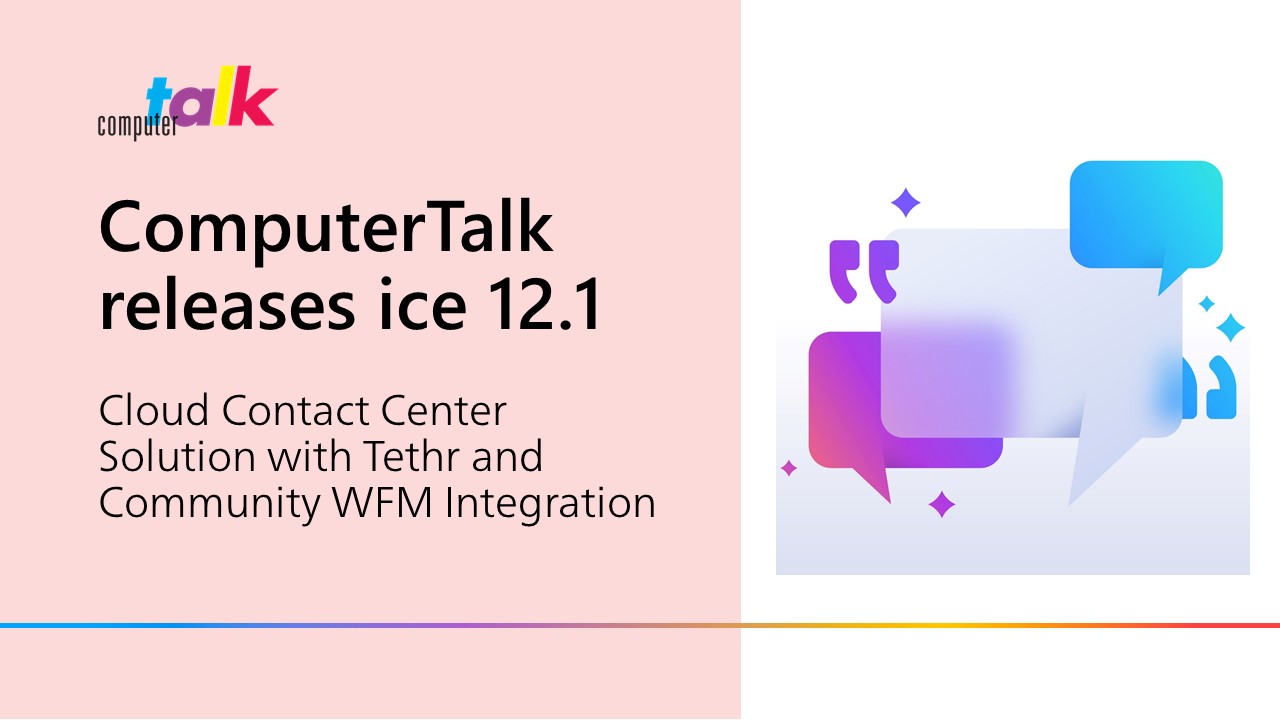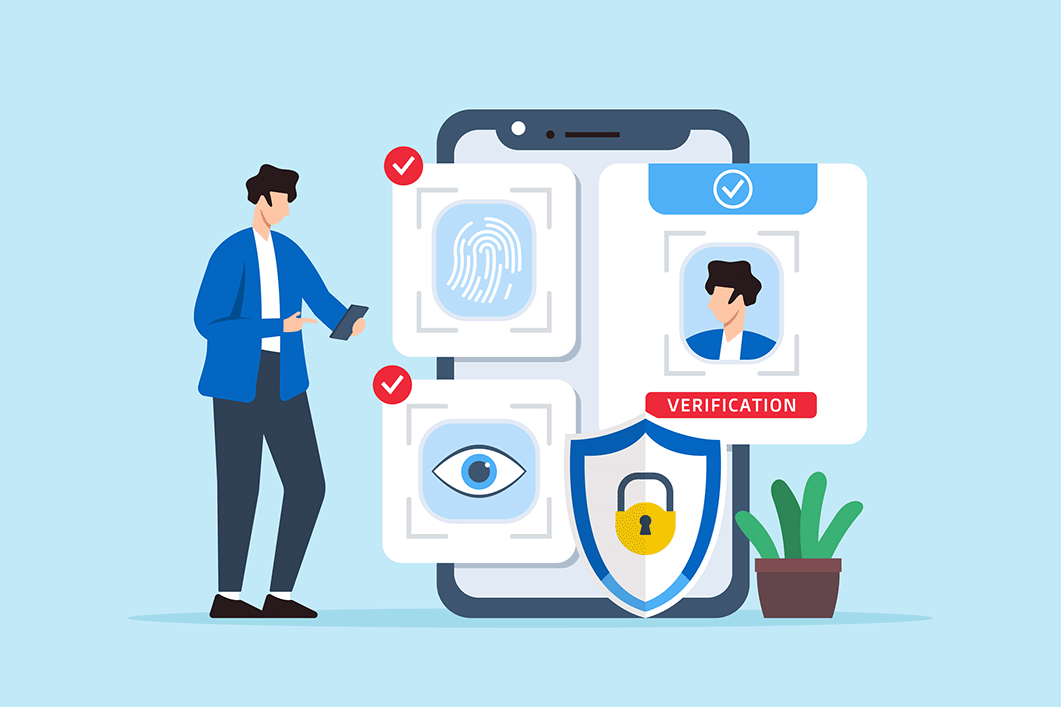The top 5 customer service strategies to maintain customer loyalty in a recession
by Erina Suzuki | Published On November 25, 2022 | Last Updated January 3, 2025

In a recession, it can be challenging to maintain customer loyalty. Therefore, organizations need a strategic, comprehensive plan to retain their best customers.
With ongoing layoffs, persistently high (though gradually decreasing) interest rates, and lingering economic uncertainty, businesses are still navigating the aftermath of a challenging economic period. During this time, organizations must strive to strengthen customer loyalty through excellent customer service.
According to a Zendesk Report, 61% of consumers would switch to a competitor after just one poor customer service experience. To maintain customer loyalty, organizations must prevent them from having a negative service experience. Bad experiences give your customers a reason to look elsewhere, stop using your services, or cancel existing accounts. Retaining customers in a tough economy sustains revenue and ensures your organization stays competitive when markets rebound.
In this article, we'll explore the top five strategies organizations can implement to maintain and even strengthen customer loyalty during a recession. By focusing on excellent customer service, personalization, and customer-centric solutions, businesses can protect their customer base and create lasting relationships.
Future-proof your organization by nurturing customer loyalty with these top 5 strategies.
1. Tailor every interaction to meet customer needs
Personalization often creates an emotional connection between your brand and your customers. In a time when many customers are tightening their budgets, ensuring every interaction adds value can set your organization apart.
Why it matters:
Personalized customer service shows customers that they are not just a number but a valued part of your business. When customers feel understood and appreciated, they are more likely to remain loyal and continue their relationship with your brand.
How to personalize interactions:
- Integrate with CRM tools: Agents can access customers' profiles by leveraging tools like Customer Relationship Management (CRM) platforms. These tools provide readily available information on customers' purchase histories, preferences, and previous interactions.
- Leverage AI: Use AI-driven insights to offer recommendations or solutions tailored to customers' unique needs. For example, if a customer frequently contacts your company about a specific product or service, your team can proactively offer relevant support or promotions.
- Make it personal: Address customers by name, reference previous purchases, and anticipate their needs during interactions.
2. Intervene at early signs of customer dissatisfaction
When customers are dissatisfied, the risk of churn increases dramatically. Acting swiftly to resolve customer issues can make the difference between losing a customer and turning a dissatisfied customer into a loyal advocate.
Why it matters:
According to Bain & Company, increasing customer retention rates by just 5% can boost profits by 25% to 95%. Organizations can retain more customers by addressing dissatisfaction early, even during challenging economic times.
How to identify and resolve dissatisfaction:
- Monitor with sentiment analysis tools: Utilize real-time sentiment analysis tools to monitor customer interactions across IM, email, and live chat channels. These tools analyze the tone and language of a customer to determine whether their sentiment is positive, neutral, or negative.
- Monitor with sentiment analysis tools: Empower supervisors to step in when dissatisfaction is detected. For example, supervisors can receive alerts and intervene to resolve the issue if a customer expresses frustration during a chat session.
- Monitor with sentiment analysis tools: To rebuild trust, offer proactive solutions and compensation when necessary, such as refunds, discounts, or priority support.
3. Create a seamless customer journey by adopting omnichannel capabilities in your contact center
Customers expect consistency when interacting with brands, whether they reach out via social media, live chat, email, or phone. Omnichannel capabilities ensure that customers have a unified and seamless experience, regardless of their chosen channel.
Why it matters:
Customers value convenience and efficiency. Research by Aberdeen Group shows that companies with strong omnichannel customer engagement strategies retain an average of 89% of their customers, compared to 33% for companies with weak omnichannel strategies.
How to create an omnichannel experience:
- Centralize customer service platforms: Integrate all customer service platforms to create a centralized view of customer interactions. This ensures that agents have access to the same information across all channels.
- Enable seamless channel switching: Use tools that allow customers to switch channels without losing context. For instance, a customer might start a conversation via live chat and prefer to continue over the phone. Omnichannel contact centers allow agents to pick up where the conversation was left off.
- Streamline customer interactions: Eliminate the need for customers to repeat themselves. By tracking previous interactions, agents can understand the customer's history and resolve issues faster.
4. Empower customers with self-service tools
Customers increasingly prefer to solve issues on their own. By providing robust self-service options, organizations can improve customer satisfaction and reduce the burden on customer service teams.
Why it matters:
According to a Microsoft Report, 90% of customers globally expect organizations to have self-service support. By enabling self-service, businesses can:
- Improve the speed of issue resolution.
- Free up agents' time to handle complex and high-priority tasks.
- Give customers 24/7 access to support, even outside business hours.
How to empower customers with self-service:
- Provide self-help tools: Offer tools such as AI chatbots, FAQs, and knowledge bases to answer common queries quickly and accurately.
- Create a customer portal: Implement an intuitive customer portal where customers can track orders, manage accounts, and troubleshoot issues independently.
- Offer instructional content: Provide step-by-step video tutorials and how-to guides to help customers resolve problems without agent intervention.
5. Utilize customer feedback to identify areas for improvement
Collecting and acting on customer feedback is one of the most effective ways to maintain customer loyalty. Continuous improvement ensures your organization can meet evolving customer expectations and address gaps before they impact satisfaction.
Why it matters:
Listening to customers builds trust and shows that your organization values their input. When customers see their feedback is driving improvements, it strengthens their loyalty and confidence in your brand.
How to gather and use feedback effectively:
- Distribute post-interaction surveys: Send out post-interaction surveys to gather insights about the customer's experience.
- Measure satisfaction with key metrics: Leverage Net Promoter Score (NPS) and Customer Satisfaction Score (CSAT) surveys to measure overall satisfaction and pinpoint areas needing improvement.
- Identify and act on recurring themes: Analyze recurring themes in customer feedback and take corrective actions. For example, if multiple customers report long wait times, organizations can invest in better staffing or queue management.
- Engage with dissatisfied customers: Follow up with dissatisfied customers to demonstrate that their feedback is valued, and their concerns are being addressed.
Strengthen Customer Loyalty to Thrive During Economic Uncertainty
Customer loyalty has never been more critical, especially during economic downturns. By adopting these five proven customer service strategies—personalized interactions, proactive issue resolution, omnichannel support, self-service tools, and customer feedback—organizations can strengthen relationships, retain their best customers, and position themselves for success during and after the recession.
Investing in customer service isn't just about surviving the recession; it's about thriving and building a stronger, more resilient customer base for the future. If you haven't already, check out our blog on maintaining positive customer experiences to reduce customer churn!
More from our blog
 Cloud Contact Center Solution with Tethr and Community WFM Integration
Cloud Contact Center Solution with Tethr and Community WFM Integration
 Learn how customer service expectations differ for Gen Z, Millennials, Gen X, and Boomers. Discover strategies, examples, and tips to adapt your support to each generation.
Learn how customer service expectations differ for Gen Z, Millennials, Gen X, and Boomers. Discover strategies, examples, and tips to adapt your support to each generation.
 Multi-factor authentication (MFA) might not be an entirely new concept for call center leaders, but the value of this technology has grown drastically in recent years. The call center is home to huge volumes of sensitive data, from credit card...
Multi-factor authentication (MFA) might not be an entirely new concept for call center leaders, but the value of this technology has grown drastically in recent years. The call center is home to huge volumes of sensitive data, from credit card...

